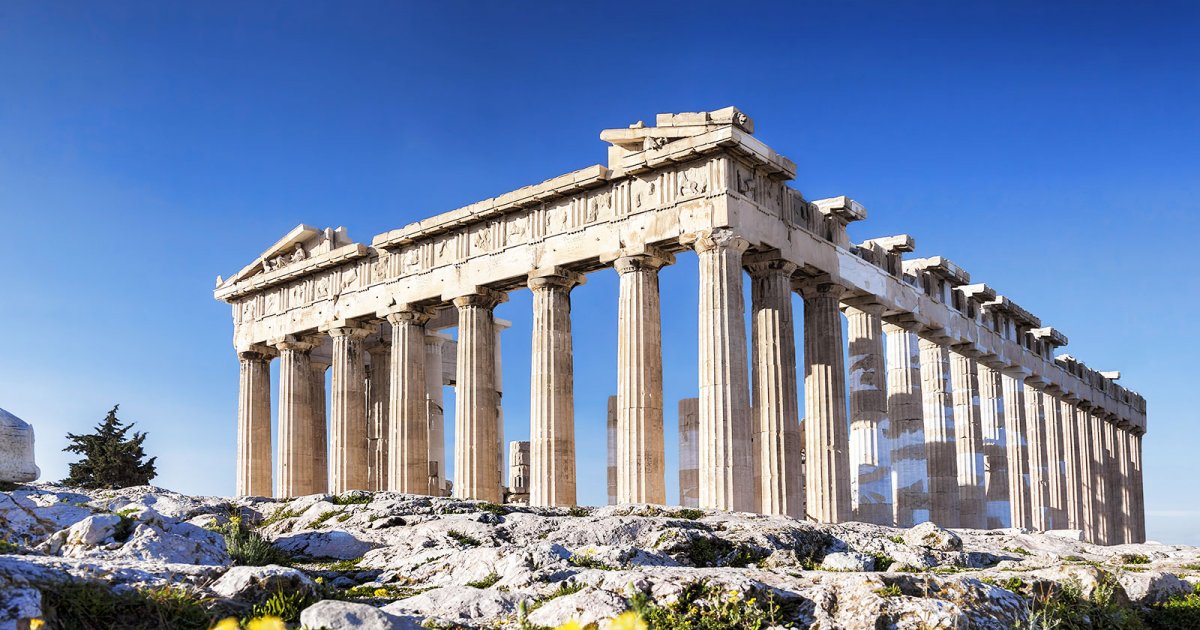ACROPOLIS, Parthenon First Part
 Language: English / USA
Language: English / USA
Before you is one of the most important monuments of Ancient Greece, and one of the most famous sights in the world: the Parthenon.
This was the most sacred of the temples in the city, because it was dedicated to Athena, the protectress of the city, the goddess of wisdom, handicraft and warfare, a huge ivory statue of whom – almost 13 meters tall and decorated with more than 1000 kilos of gold – was located in the naos, or inner chamber. In ancient Greek, the name Parthenon referred to "unmarried women's apartments", and in this case presumably meant “temple of the virgin goddess”, because Athena was unmarried and a virgin.
The Parthenon was built after 480 BC, when the Acropolis was plundered by the Persians, who destroyed an earlier temple.
At the time, Athens was under the rule of a democratic government headed by Pericles, who in 450 BC signed a peace treaty with Persia, and to celebrate the event, decided to have a monument built that would show off the architectural genius of the Greeks.
Pericles entrusted the work to the finest artists of the time – the architects Ictinus and Callicrates, under the supervision of the supremely talented sculptor Phidias – and the Parthenon was built in 15 years, between 447 and 432 BC.
The temple was entirely built in marble from Mount Pentelicus, some 15 kilometers away. It is rectangular in shape, with a colonnade measuring 30 meters wide and 70 meters long, and a height of 14 meters. The Doric columns have no base and fluted shafts; they taper towards the top and have a truncated, circular capital. They are 10 meters tall, and there are 8 on the short sides and 17 on the long sides. The short sides were topped by a triangular pediment, inside which were two large groups of statues that have now disappeared or are divided among a number of different museums. Inside the colonnade was the naos with the goddess Athena, which unfortunately collapsed.
An interesting fact: in 294 BC, the temple was desecrated by the arrogant king, Demetrius I of Macedon, known as Poliorcetes, “the besieger”, who declared himself to be a god, indeed the brother of Athena, and therefore entitled to reside in her temple. He is believed to have even used the building for night-time orgies.



